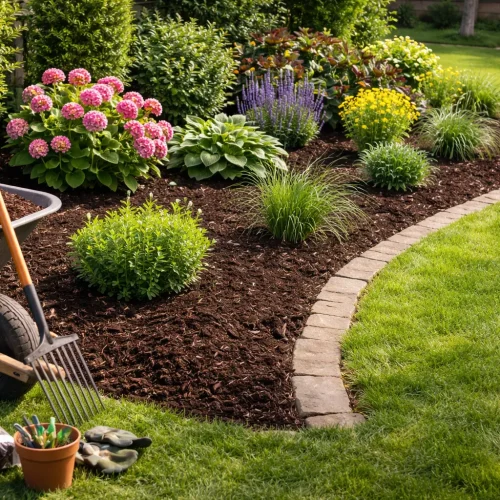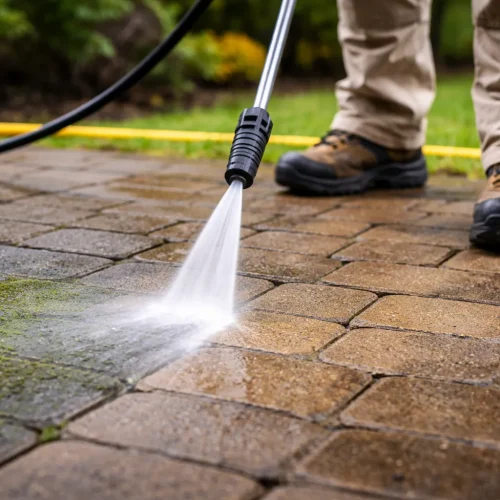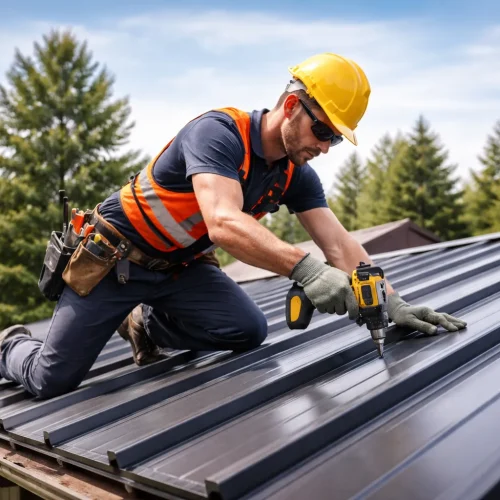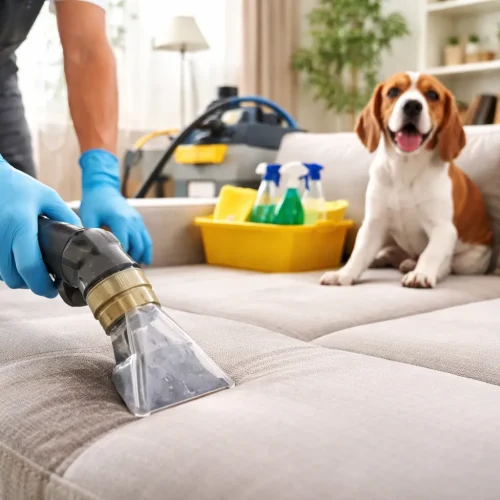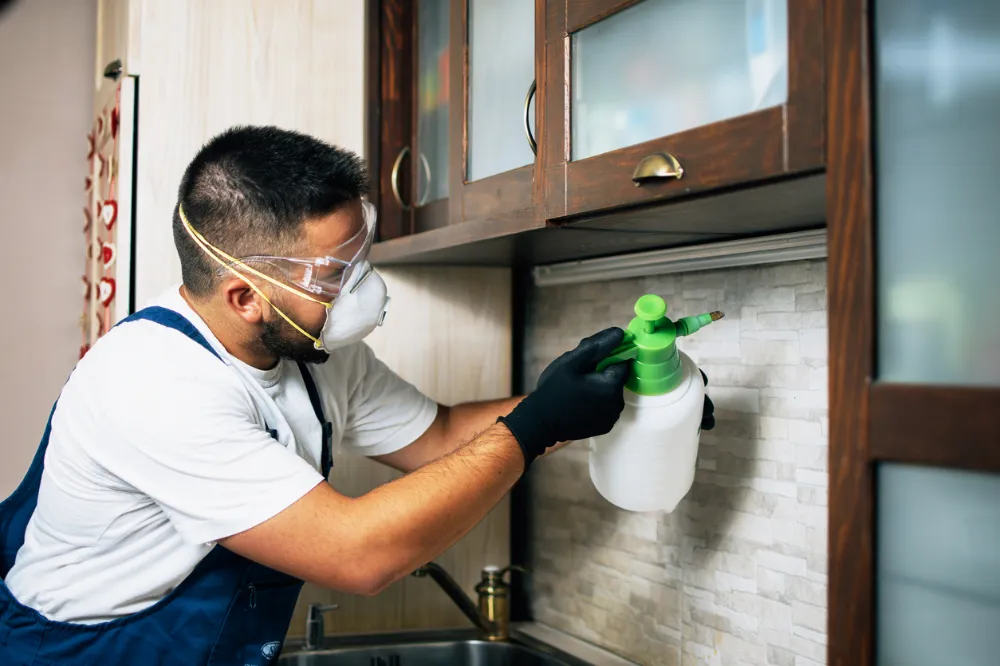
Have you ever wondered how something as small as a stinging pest can create such serious safety risks for homes and families? These insects are known for their aggressive defense behavior, especially when their nests are disturbed. Removing them requires strategy, precision, and a solid understanding of their habits. Let’s explore how professionals approach stinging pest control methodically and safely, one step at a time.
Inspection and Assessment
Every effective pest control plan starts with a detailed inspection. For instance, specialists from PCT pest control conduct a full property evaluation to identify nesting sites and activity levels. They observe where insects enter and exit, focusing on key areas such as eaves, decks, or attics. This initial step ensures a customized approach suited to each infestation.
A proper inspection also involves identifying the pest species correctly. Different stinging insects require unique methods for removal and prevention. Knowing if the invaders are hornets, wasps, or yellow jackets is crucial for success. Early assessment prevents unnecessary damage and allows for safer treatment planning.
Yellow Jacket Detection and Behavior
Before any treatment begins, professionals must confirm if yellow jackets are the culprits. These insects often build nests underground or inside walls, making them harder to locate. A trained Yellow Jacket exterminator knows how to track flight patterns and identify subtle signs of nesting. Their expertise helps determine how severe the infestation may be.
Once confirmed, specialists plan how to address the colony without aggravating it. Yellow jackets react aggressively when threatened, which is why safety is always the top priority. Professionals use protective gear and proven tools to minimize risk. Careful observation ensures every nest is identified before treatment begins.
Choose Effective Treatment Methods
Some may need direct chemical applications, while others benefit from environmental control. Experts evaluate whether bait systems, dust treatments, or aerosol applications are best suited for the site. Each decision is made with precision to ensure maximum safety and effectiveness.
They also consider the surroundings and nearby human activity. Families, pets, and even pollinators must remain unharmed during treatment. A balanced strategy protects both property and the environment. Professional technicians rely on eco-conscious methods to ensure a long-term solution without unnecessary harm.
Safe Removal of Yellow Jacket Nests
Once the plan is set, the next step is containment and elimination. A professional Yellow Jacket exterminator uses specialized equipment to approach nests safely. This can include protective suits, extendable applicators, and insecticidal dust. Treatments are often performed early in the morning or late in the evening when activity is low.
After treatment, nests are carefully removed or sealed to prevent re-entry. Professionals also monitor the area over several days to confirm full elimination. This ensures that no stragglers rebuild or relocate nearby. Effective containment and follow-up distinguish expert service from temporary fixes.
Hornet Colony Control and Removal
Hornets are larger and often more defensive than other stinging insects. Professionals offering Hornet pest control know that approaching their nests demands special preparation. They study hornet behavior to determine the safest and most efficient time for removal. Every action taken is deliberate to prevent accidental disturbance.
The team uses approved treatments that reach deep into nests, ensuring full colony neutralization. Because hornets can nest high in trees or under roofs, access requires skill and equipment. Technicians rely on protective suits and extendable tools for accuracy. Their precision ensures both safety and complete eradication.
Importance of Strict Safety Protocols
Safety underpins every phase of pest control. Professionals always use personal protective gear designed for high-risk environments. This includes face shields, heavy gloves, and full-body suits resistant to stings. Such preparation eliminates the chance of exposure and ensures confidence during operations.
They also follow strict safety measures when applying chemicals or removing nests. Warning signs are posted to keep others away from treatment zones. Experts double-check wind direction, temperature, and humidity to guarantee application accuracy. Every precaution demonstrates commitment to protecting both people and property.
Long-Term Prevention and Environmental Care
A successful pest control strategy doesn’t end after nest removal. Experts offering Hornet pest control also focus on long-term prevention. They inspect surrounding areas for potential attractants such as open trash bins or exposed food sources. Regular monitoring ensures that re-infestation is avoided.
Preventive care also means maintaining a clean and well-sealed environment. Homeowners are advised to repair cracks, replace damaged screens, and store waste properly. These steps reduce nesting opportunities and deter future colonies. Consistent upkeep is the key to maintaining a pest-free home over time.
Eco-Friendly Techniques for Safer Results
Modern pest control emphasizes safety and sustainability. Professionals now use targeted treatments that minimize chemical exposure and protect beneficial insects. Natural repellents and mechanical traps have also proven effective for smaller infestations. These options ensure safety without compromising results.
Here are some eco-conscious techniques often used by professionals:
- Botanical insecticides derived from plant oils
- Physical barriers to block nesting areas
- Biodegradable dust treatments
- Selective baits that target specific species
This balance between efficiency and environmental care reflects responsible pest control.
Effective Communication with Clients
Experts keep clients informed about what’s happening at every step. They explain the inspection results, chosen methods, and expected timelines in simple, transparent terms. This open dialogue builds confidence and ensures everyone understands the process.
After treatment, professionals provide detailed reports outlining findings and recommendations. They may schedule follow-up visits to verify complete success. Open communication helps maintain safety and satisfaction long after the job is done. Reliable service providers value every concern and ensure peace of mind for homeowners.
Continued Maintenance and Monitoring
Pest control doesn’t stop once the insects are gone. Continuous monitoring prevents future infestations and protects the property year-round. Experts schedule seasonal inspections to catch early signs of renewed activity. Regular attention ensures that colonies never regain a foothold.
Maintenance also includes updating clients on new prevention strategies. Sealing entry points or trimming vegetation, small steps make a difference. By combining prevention with expertise, professionals ensure lasting protection. The best pest control services focus on both removal and preventing pests from returning.
Confidence Through Professional Pest Control
Expert pest management follows a clear process built on safety, experience, and precision. The specialists at PCT pest control, for instance, deliver structured, reliable solutions that ensure long-term protection. Their expertise eliminates risks while keeping the environment safe for families and pets.
From identification to prevention, every step reflects dedication and skill. Be it handling hornets, wasps, or yellow jackets, experts bring efficiency and care to every project. Their professional touch guarantees complete peace of mind. With proper insect control, homes remain safe, comfortable, and entirely pest-free year after year.




